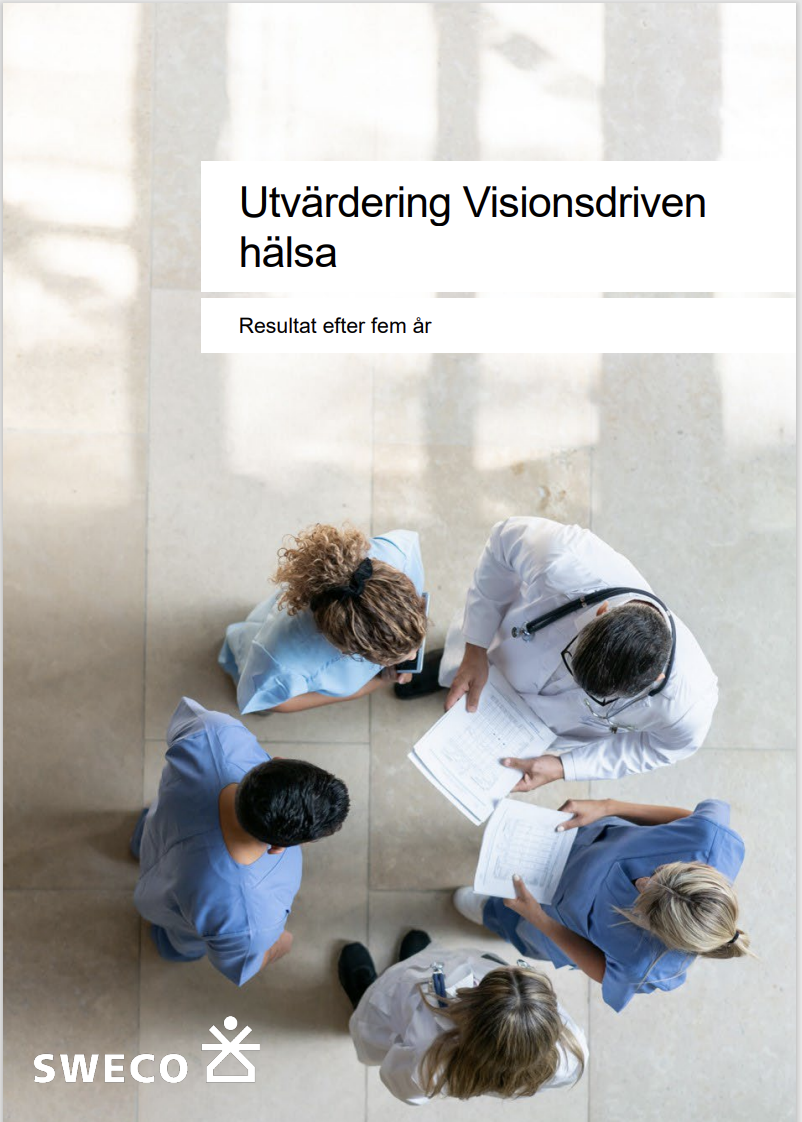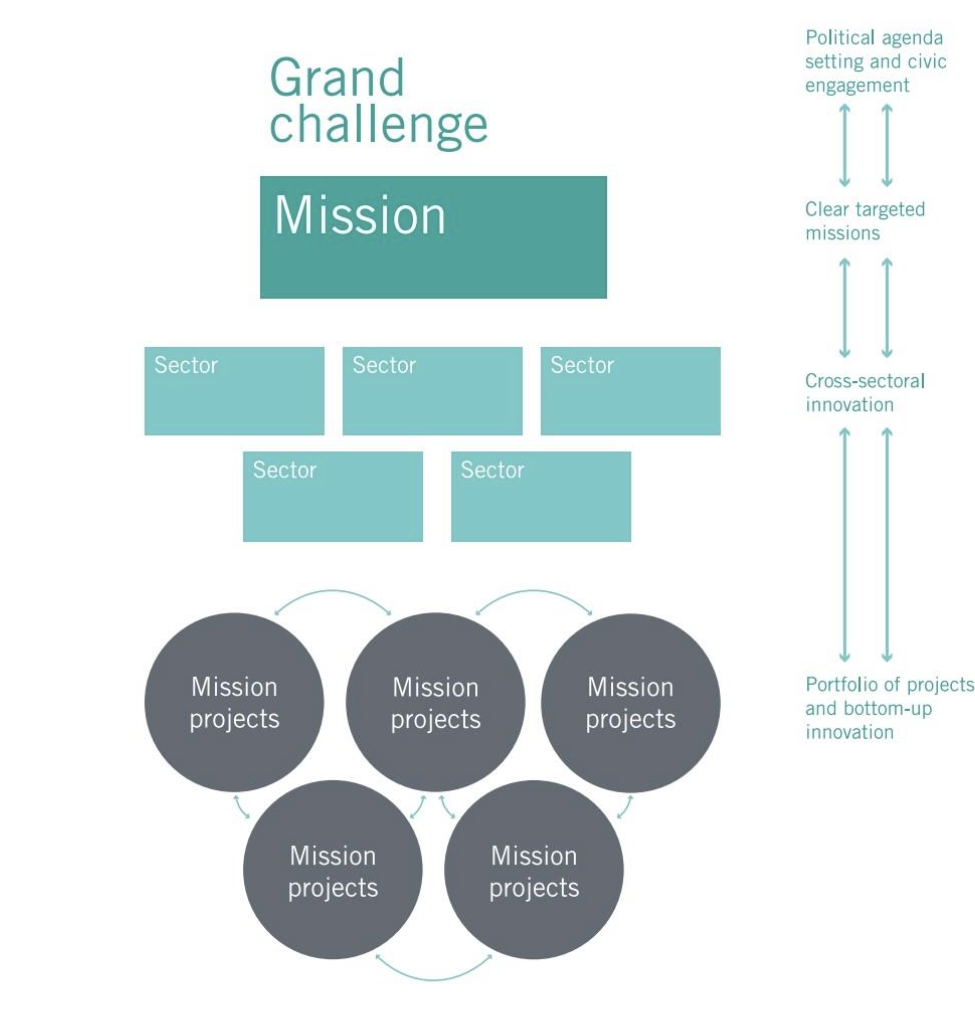Visions for a healthier society
Evaluation 2025 - results after five years of work

Visions for a healthier society
Go directly to the reportFor five years, Vinnova has supported five innovation environments that have worked for long-term changes in the health sector through bold visions. The visions are about an antibiotic-smart Sweden, information-driven care, vision zero for cancer, vision zero for malnutrition in the elderly and that Sweden will become a leader in advanced therapies. An evaluation from Sweco shows that the environments have broken old structures, promoted collaboration and positioned Swedish solutions internationally.
There are major challenges in the health sector driven by increased costs for medical advances, digitalisation and demographic changes. In addition, there are increased expectations from patients and citizens in matters of accessibility and influence. As part of tackling these challenges, Vinnova has invested in five innovation environments within the Visionsdriven healthprogram. Through bold and ambitious visions, the environments have worked for long-term system changes in the health sector between 2019-2024.
The five environments
- Antibiotikasmart Sverige
- Information-driven care
- Nollvision Cancer
- Zero vision for malnutrition in the elderly
- Sweden leading in advanced therapies (ATMP 2030)
Evaluation of Vision-driven health
In the spring of 2025, Sweco conducted an evaluation of Visionsdriven health. Although it is early to measure profound system changes, it is possible to demonstrate early effects. Sweco notes that the innovation environments have laid a solid foundation for continued development. The visions have served as a unifying force in the work and have succeeded in breaking up old bottlenecks that favor cross-sectoral collaboration. Swedish solutions have also gained international exposure, through extensive collaborations and recurring dialogues, especially at the EU level.
The evaluation shows that Vinnova has functioned as an enabler in the role of financier but also by providing knowledge and method support. The evaluation shows that the environments have succeeded in building structures for cross-sectoral collaboration, developing practical tools for implementation and achieving several of their set objective.
Lessons to take with you for future initiatives
Sweco states in the report that forms of collaboration must be adapted to the maturity, driving forces and understanding of the problem picture of the individual ecosystems. A "one size fits all" does not work. Even well-designed forms of collaboration risk failing if the ecosystem is not ready or receptive to change. Early mapping and dialogue about the system's willingness and ability to accept change are therefore crucial.
Vision-driven health – Sweden's first mission initiative
The vision-driven approach is based on ideas from Professor Maria Mazzucato, that complex societal challenges require collaboration across sector boundaries and clear, timed bold transformation goals, missions. Vinnova's Vision-driven health programme has tested new methods to break lock-ins in the health system, strengthen opportunities to achieve long-term systemic changes in health ecosystems.
Click on the image to see it in a larger format. | The model on the left shows the ideas behind a mission-oriented approach to solving societal challenges. Click on the image to see the image in a larger format. When different sectors and project portfolios agree on a common mission and direct the work towards it. Then it is possible to achieve the necessary system change. (The image is from Dan Hills's book Designing Missions, page 32) |
- Published
- 2025-August
- Series number
- VR2025:08
- Publisher
- Vinnova
- Author
- Sweco, Tommy Jansson, Eva-Karin Anderman, Martina Ornstein, Elinor Nissbrandt, Anton Höglin
- ISBN
- 978-91-89905-33
- ISSN
- Number of pages
- 73
Last updated 1 September 2025


